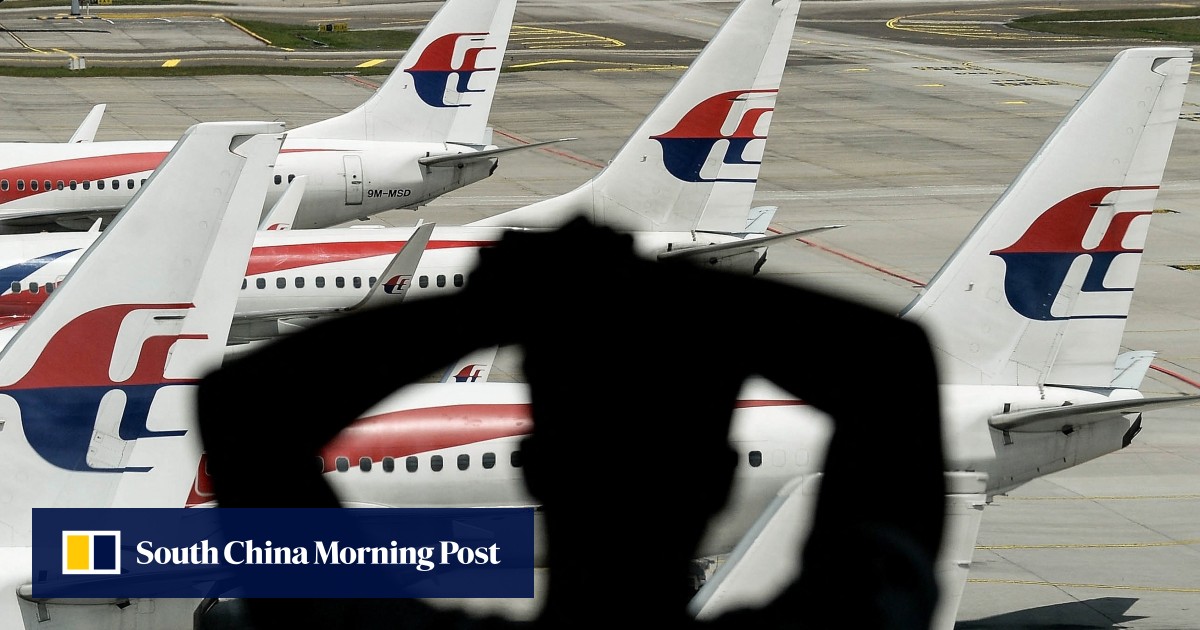
Malaysia Airlines is currently grappling with significant challenges as it faces renewed scrutiny following a series of mechanical failures and a troubling talent exodus. On September 11, a Boeing 737 bound for Bali was forced to return to Kuala Lumpur, marking the sixth such incident since August. This alarming trend has raised concerns about the airline's operational safety and reliability. In response to these issues, the airline announced a 20% reduction in flights on August 26, affecting key routes to destinations including Bangkok, Bali, Jakarta, Osaka, Shanghai, and Singapore. Izham Ismail, the airline's managing director, cited shortages of aircraft components as a major contributing factor to these operational difficulties. [8ac3f629]
The airline's history is marred by the tragic losses of flights MH370 and MH17 in 2014, which collectively claimed 537 lives. These past incidents continue to haunt the airline, amplifying scrutiny over its current safety protocols and operational practices. As competition intensifies, particularly from Gulf carriers and Singapore Airlines Engineering Company, Malaysia Airlines is facing challenges in retaining skilled engineers, many of whom have been recruited away by foreign competitors. Critics have accused the Malaysian government of undermining the national carrier by allowing these foreign competitors to flourish. [8ac3f629]
Industry expert Shukor Yusof has pointed out a culture of complacency and inconsistency within the aviation sector in Malaysia, which could be contributing to the airline's current struggles. The combination of mechanical issues, flight reductions, and talent shortages paints a concerning picture for Malaysia Airlines as it attempts to navigate these turbulent times. [8ac3f629]